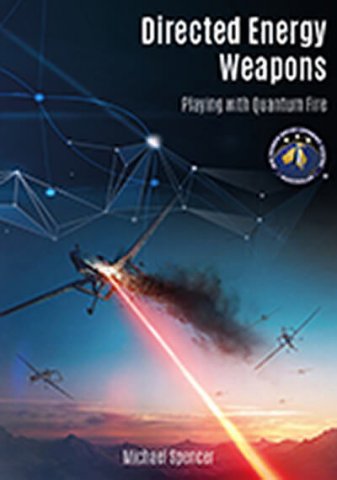
DEW, short for Directed Energy Weapons, represents a cutting-edge technology poised to revolutionize warfare and security. Unlike conventional weaponry that relies on bullets or explosives, DEWs harness various forms of electromagnetic radiation to incapacitate or destroy targets. These weapons can include lasers, microwaves, and particle beams, each with its unique capabilities and applications.
One of the primary advantages of DEWs is their speed and precision. They can deliver focused energy at the speed of light, hitting targets with pinpoint accuracy and minimal collateral damage. This precision makes them ideal for tasks such as disabling enemy electronics, intercepting missiles, or neutralizing threats with surgical precision.
Moreover, DEWs offer significant logistical benefits. Unlike traditional ammunition, which requires storage, transportation, and replenishment, directed energy weapons rely on power sources, making them potentially more cost-effective and sustainable in the long run.
However, the deployment of DEWs also raises ethical and strategic considerations. Their potency and versatility could escalate conflicts if not carefully regulated. Additionally, concerns about the potential for indiscriminate use and the implications for international law must be addressed.
As research and development in DEW technology continue to advance, understanding its capabilities, limitations, and implications becomes increasingly crucial for policymakers, military strategists, and society as a whole.
